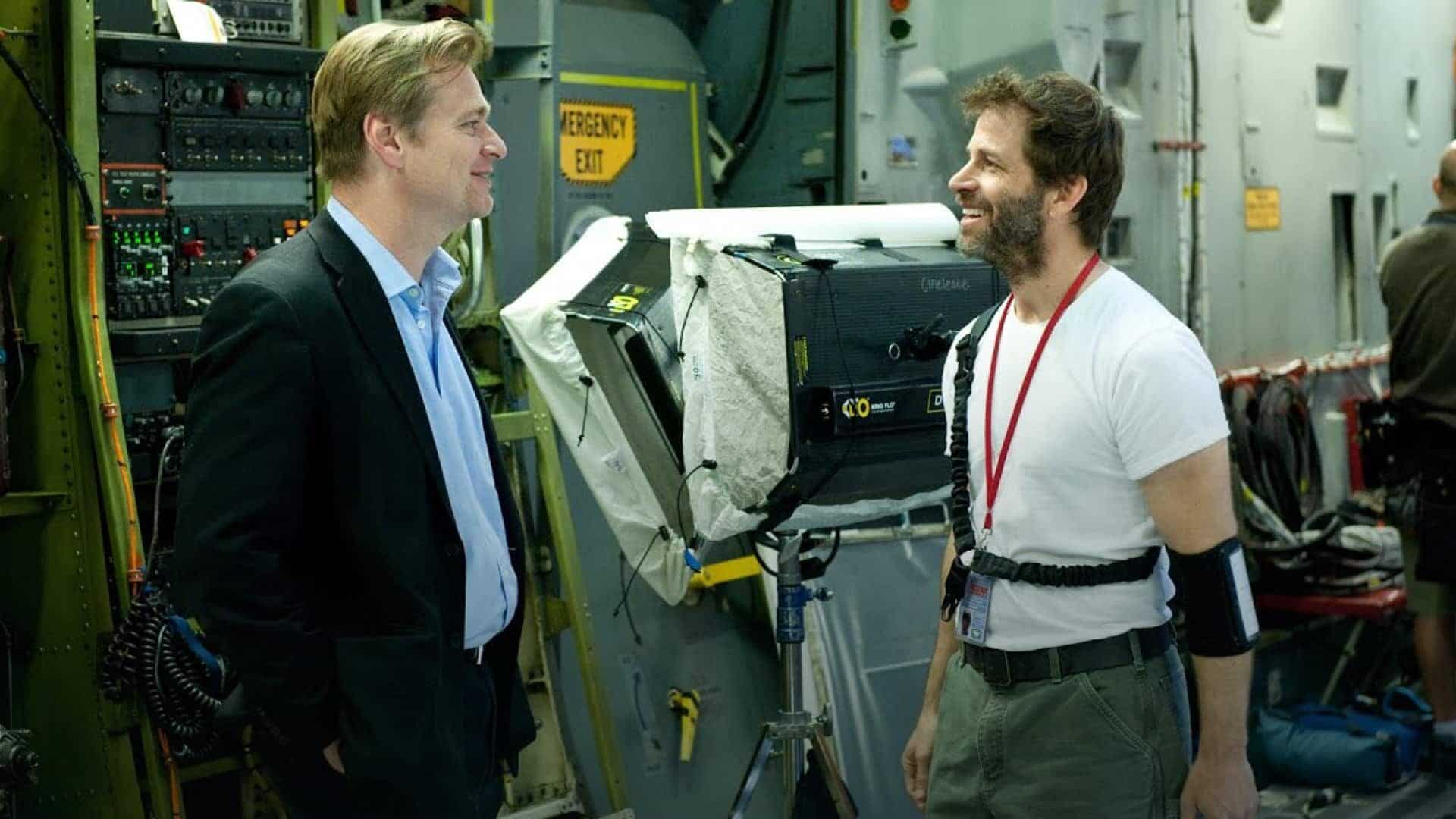

In short, the director is concerned with aesthetic issues such as the look, feel, and sound of the video. (Occasionally, a director may be responsible for all of the producer’s tasks.) Though the director and producer work as a team, they generally approach their collaborative effort from two distinct vantage points. Music video directors and producers often work together as a team to create music videos for record companies and other employers. Music Video Director and Producer Job Description One constant remains from Thomas’s days: Music videos still play a major role in helping companies sell product-whether sheet music, CDs, music videos, Internet downloads, or concert tickets. Advances such as computer-generated animation, digital filming, and digital sound have given music video directors more tools to work with and the ability to produce an increasing variety of looks, sounds, and characters in their finished videos. The music video industry has come a long way from George Thomas’s live-model illustrated songs. (Today, ironically, reality television shows and other nonmusic programming compete with music videos for airtime on MTV.) Most recording artists released music videos for their singles to generate interest in and sales for their latest albums. The art form grew quickly in the 1980s with the popularity of MTV, which played music videos 24 hours a day, seven days a week. He made short, musical films for the television show Saturday Night Live in 1979, and the first video album, Elephant Parts, in 1981. Michael Nesmith, a member of the rock group The Mon-kees, is largely credited with creating the first music videos of the modern era. In fact, MTV took notice of Lester’s work by presenting him with an award for his contributions to the art of music video in the 1980s. Many of the musical segments in these movies were precursors to styles that we see in today’s music videos. His exuberant, full-length films in the mid-1960s with The Beatles, such as A Hard Day’s Night and Help!, were groundbreaking explorations of music and storytelling. Richard Lester is considered to be the father of contemporary music video. Soundies were used to promote artists (usually jazz musicians, but also torch singers, dancers, and comedians) as videos are used today. They were composed of footage of a band or a solo singer simply performing a song on a stage.

The first music videos, called Soundies, were developed in the 1940s. Suddenly, a new music sub-industry was born: illustrating popular songs to help sell sheet music.
#Director vs. poducer movie
Set to the song, “The Little Lost Child,” this series of photographic images printed on glass slides (and backed by live singers and musicians) hit vaudeville stages, and later, movie theaters. In 1890, George Thomas, a photographer, created the first live-model illustrated song. But music videos have actually been around more than 100 years. Music videos gained popular, mainstream appeal when MTV, the first all-music cable channel, was formed in 1981. Music Video Director and Producer Career History There are approximately 58,000 directors and producers employed in the television, video, cable, and motion picture industries. Music video producers often work with the music video director by overseeing the budget, production schedule, and other tasks associated with music video production. Music video directors must have insight into the many tasks that go into the creation of a music video, and they must have a broad vision of how each part will contribute to the final product. Directors are well known for their part in guiding actors, but they are involved in much more-casting, costuming, cinematography, lighting, editing, and sound recording.

“Lights! Camera! Action!” aptly summarizes the major responsibilities of the music video director.


 0 kommentar(er)
0 kommentar(er)
